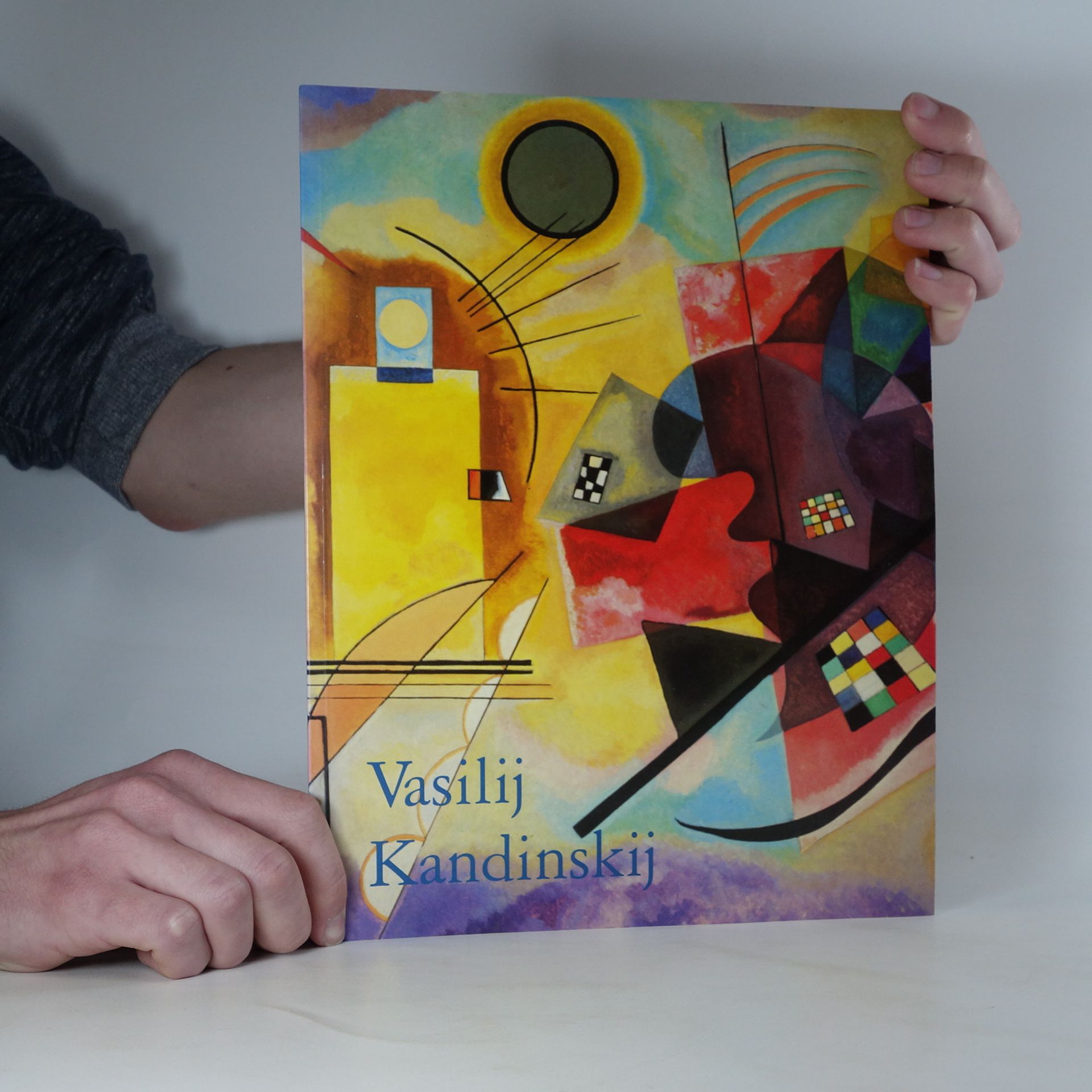Bod – linie – plocha
- 191 stránek
- 7 hodin čtení
Studie, tématem navazující na předválečnou práci O duchovnosti v umění, analyzuje základní vztahy prvků kompoziční výstavby obrazu.
Vasilij Kandinskij byl vizionářský umělec, který zpochybnil tradiční umělecké konvence svým průkopnickým přístupem k abstrakci. Jeho dílo se vyznačuje hlubokým zájmem o duchovní a emocionální kvality barev a forem, které se snažil vyjádřit mimo zobrazení reality. Prostřednictvím svých teoretických prací i malířské tvorby zkoumal potenciál umění vyvolávat silné vnitřní reakce u diváka. Jeho celoživotní odhodlání posouvat hranice vizuálního vyjadřování z něj činí klíčovou postavu moderního umění.







Studie, tématem navazující na předválečnou práci O duchovnosti v umění, analyzuje základní vztahy prvků kompoziční výstavby obrazu.
Proslulý text, jímž se autor prvního abstraktního díla (1866–1942) pokusil vysvětlit důvody, které ho vedly k rozhodnutí nekopírovat tvary předmětů podle skutečnosti, ale spolehnout se výhradně na výrazovou sílu a emotivní působivost barev. Výtvarně-historický dokument prvořadého významu. Vydání respektuje úpravu, již dal knize sám autor.
Kandinského dílo, vše, čeho dosáhl při hledání nové formy vyjadřování v malířství, se může ještě i dnes zdát záhadné.
The book is a facsimile reprint of a scarce antiquarian work, preserving its cultural significance despite potential imperfections like marks and flawed pages. It aims to protect and promote literary heritage by providing a high-quality, affordable modern edition that remains faithful to the original text.
The founder of abstract art The Russian painter Wassily Kandinsky (1866-1944), who later lived in Germany and France, is one of the pioneers of twentieth-century art. Nowadays he is regarded as the founder of abstract art and is, moreover, the chief theoretician of this type of painting. Together with Franz Marc and others he founded the group of artists known as the "Blauer Reiter" in Munich. His art then freed itself more and more from the object, eventually culminating in the "First Abstract Watercolour" of 1910. In his theoretical writings Kandinsky repeatedly sought the proximity of music; and just as in music, where the individual notes constitute the medium whose effect stems from harmony and euphony, Kandinsky was aiming for a pure concord of colour through the interplay of various shades. Gauguin had demanded that everything "must be sacrificed to pure colours". Kandinsky was the first to realise this and thus to influence a whole range of artists. About the Each book in TASCHEN’s Basic Art series
Exploring spirituality in modern art, this groundbreaking work by Wassily Kandinsky revolutionizes abstract painting. It offers deep insights into Kandinsky's thoughts and emotions, as well as those of his contemporaries, highlighting the transformative power of art in expressing the inner self.
The Blaue Reiter (Blue Rider) art movement was founded in 1911 by the young painters Wassily Kandinsky and Franz Marc, and was active in Europe until 1914. Originally published in Munich in 1912 and edited by Kandinsky and Marc-- the movements's almanac presented their synthesis of international culture to the European avant garde at large. In both the selection of essays and its innovative interplay of word and image, The Blaue Reiter Almanac remains one of our most critically important works of literature on the art theory and culture of the twentieth century. This edition, long unavailable in English and indispensable to any student of Modernism, simulates the original German format, and includes documents, and musical notations, as well as seminal essays by Kandinsky, Schoenberg, Marc and others. Nearly 150 illustrations, from ancient and contemporary sources, capture the wide-ranging interests and passions that inspired Kandinsky's and Marc's programmatic attempt to make Modernism accessible across national and chronological boundaries. Also included is Klaus Lankheit's extensive critical introduction, which places the Blaue Reiter in context for contemporary readers."The almanac remains unique among European writings on art; no other country produced a comparable work capturing the excitement and tension of the years before World War I." (Will Grohmann)
A dazzling yet little-known artist's book that distills the painter's seminal interests in abstraction and the unity of the arts